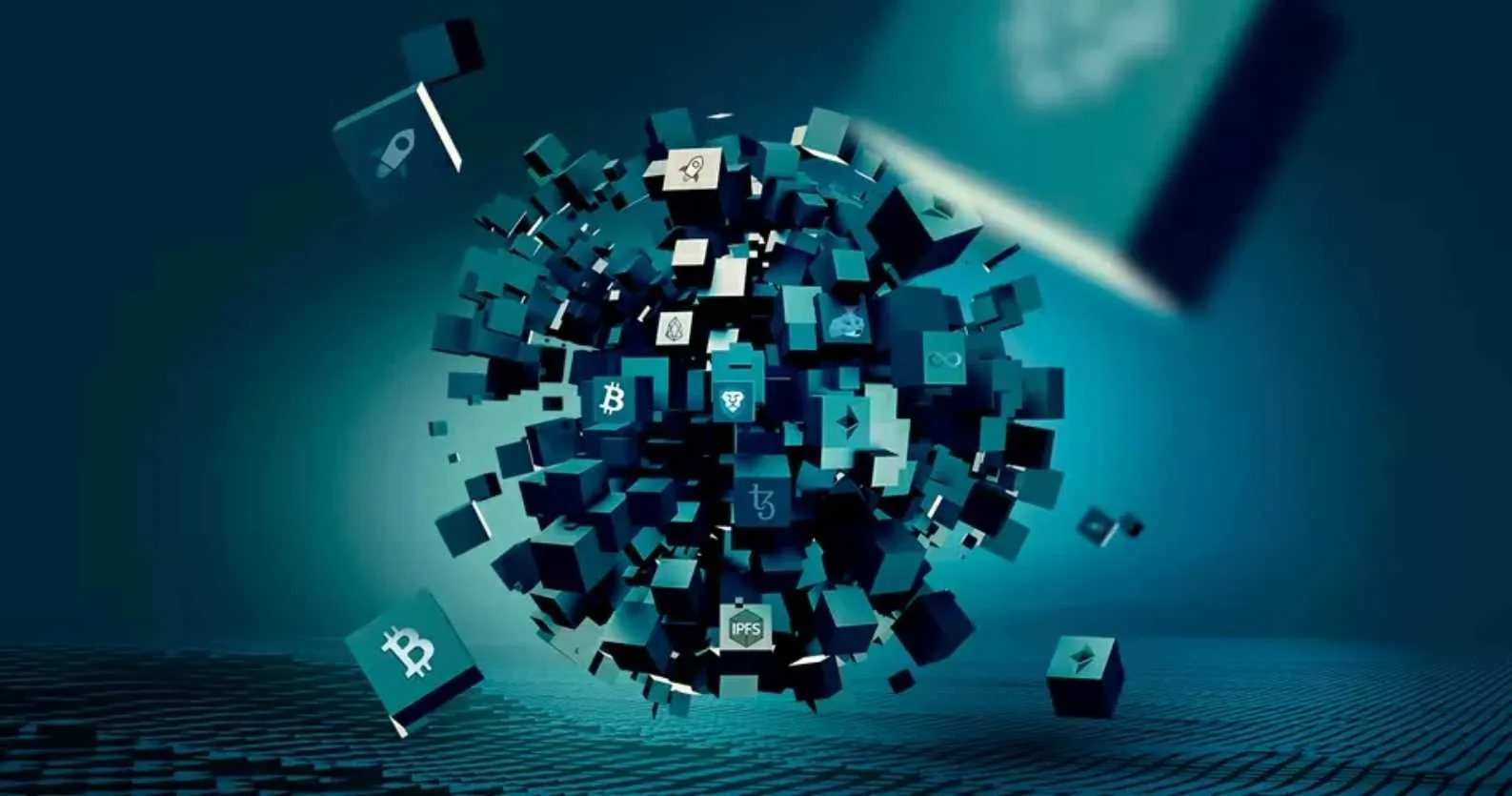The impact of Web 2.5 is already changing the face of B2C with numerous examples of successful implementation by enabling the creation of brand-specific NFTs, innovative methods for storing and trading real-world value, and immersive digital communities. Consumers can now engage with their preferred companies and with each other in unprecedented ways thanks to Web 2.5.
For example, Starbucks Odyssey will allow users to play interactive games and collect NFTs without a crypto wallet or cryptocurrency, and their ownership (which unlocks experiences and other benefits) will be stored on the blockchain.
Shopify is now offering “tokengated commerce,” which will bring NFT communities together with brands that use the platform. These brands can mint custom NFTs and sell them in their own online stores, provide special collections and exclusive drops for token holders, and partner with other companies.
StockX is blending the digital and physical worlds with ‘Vault NFTs,’ which provide NFTs that correspond to real items. This allows users to collect and trade without the hassle of packaging, storing, and shipping, and if they ever want the item itself, StockX will send it.
These are just a few of the ways Web 2.5 is fundamentally altering B2C relationships and allowing consumers to keep one foot in the Web 3.0 universe and the other in the more traditional world of commerce.
The emergence of new technology is always an iterative process, especially when that technology has the capacity to change fundamentally the ways in which we interact, the services companies offer, and how we think about basic concepts like ownership.
For example, it’s easy to overlook the ways that revolutionary technologies like blockchain are already being integrated seamlessly into our lives. This process is increasingly being described as Web 2.5 – a market that’s much larger than Web 3.0, and which is creating a bridge from Web 2.0 to a new digital era.
Millions of consumers don’t realise that they’re engaging with blockchain technology on a regular basis, and this is a sign that the sector is in a phase of rapid growth.
The creation of blockchain-based experiences, whether or not end users know about the technology, that add real utility and entertainment is a major opportunity for companies, consumers and investors alike.
Much of Web 3.0 still has a high barrier to entry for regular consumers, and this has led to the rapid emergence of Web 2.5 as an entry point to several of the most promising technologies in the world
What is Web 2.5?
While there’s no universally accepted definition of Web 2.5, the best way to think about it is the use of blockchain technology in a frictionless and user-friendly way.
Many consumers want Web 3.0 experiences, but don’t want to deal with intimidating security protocols, the creation and management of a wallet, and other cumbersome elements of Web 3.0 engagement.
Web 2.5 Forecasts
According to Gartner’s forecast, the business value generated by blockchain technology will reach $3.1 trillion by 2030. Web 2.5 plays a crucial role in this growth by increasing the adoption of blockchain and integrating it into companies’ daily operations.
In late 2022, there were approximately 2.5 million daily active user (DAU) wallets in use on Web 3.0. However, this number has likely decreased in recent months. In contrast, there are significantly more daily active users on Web 2.5, and this number is expected to rise significantly in the near future.
Blockchain isn’t going anywhere
Although there is a lot of concern surrounding the industry currently, blockchain technology is here to stay. While numerous investors are opting for a cautious approach, Web 2.5 presents a chance to support some of the most significant technologies in the market, which are already delivering tangible benefits to both companies and users.
Benefits of Web 2.5 – Broad range of applications for brands
Brands can leverage Web 2.5 to engage consumers in innovative ways across a broad range of applications. One example is the distribution of blockchain-based NFTs, which some brands are using to incentivize customers with discounts and other benefits.
This approach offers customers a hassle-free experience as they do not need to set up wallets or purchase tokens. The brand handles all the back-end work, ensuring a smooth and straightforward user experience.
Customers can obtain digital assets that can be easily converted to fiat systems using traditional currency. In contrast, blockchain technology offers a more engaging and gamified loyalty experience that incorporates the advantages of Web 3.0, without the difficulties or inconvenience associated with it.
Holding Loyalty NFTs also entitles customers to exclusive products, experiences, and early access to new releases, which are rapidly being adopted by various industries.
As the applications of blockchain technology continue to advance, companies are becoming more confident in utilizing it for a wide range of purposes.
While some companies will handle blockchain-based services internally, others will work with third parties to develop solutions and integrate them with existing systems. This creates an opening for founders and investors to facilitate the transition to blockchain among established companies and position themselves to take full advantage of a rapidly growing field.
The volatility of crypto shouldn’t prevent us from seeing the promise of blockchain and other Web 3.0 technologies, and Web 2.5 is the thread that will connect many companies to the future.
Given the scope of Web 2.5 and its critical role in propelling us towards a fresh phase of digital relationships, transparency, and ownership, companies and investors will be paying closer attention to the field in 2023 and beyond.







